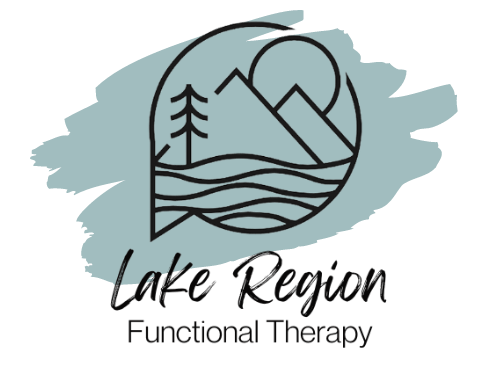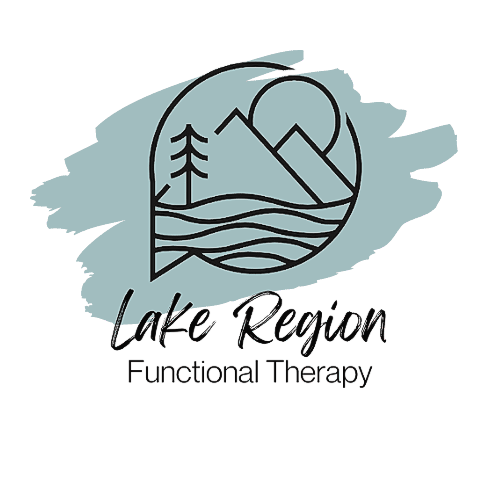SPEECH & LANGUAGE THERAPY
ADULT SPEECH & LANGUAGE
-
Aphasia
Aphasia is an impairment of language, affecting the production or comprehension of speech and the ability to read or write. Aphasia is always due to injury to the brain-most commonly from a stroke, particularly in older individuals. But brain injuries resulting in aphasia may also arise from head trauma, from brain tumors, or from infections.
TALKING
• Can't think of the words you want to say.
• Say the wrong word. Sometimes, you may say something related, like "fish" instead of "chicken." Or you might say a word that does not make much sense, like "radio" for "ball."
• Switch sounds in words. For example, you might say "wish dasher" for "dishwasher."
• Use made-up words.
• Have a hard time saying sentences. Single words may be easier.
• Put made-up words and real words together into sentences that do not make sense.
UNDERSTANDING
• You may not understand what others say. This may happen more when they speak fast, such as on the news. You might have more trouble with longer sentences, too.
• Find it hard to understand what others say when it is noisy, or you are in a group.
• Have trouble understanding jokes.
READING & WRITING
• Have difficluty reading forms, books, and computer screens.
• Spelling and putting words together to write sentences.
• Using numbers or doing math. For example, it may be hard to tell time, count money, or add and subtract.
-
Acquired Apraxia of Speech
Acquired apraxia of speech is a neurologic speech disorder that impairs a person's ability to program and co-ordinate speech sounds. Causes most often include: stroke; TBI; tumor; surgical resection; or a progressive diseases
- You may see changes in your ability to articulate or produce words accurately consistently.
- Change in rate and prosody of speech.
- Experience disfluent moments.
- Grope for words.
-
Dysarthria
Dysarthria is a speech disorder caused by muscle weakness. It can make it hard for you to talk. People may have trouble understanding what you say.
Brain damage causes dysarthria. It can happen at birth or after an illness or injury. Anything that causes brain damage can cause dysarthria, such as: stroke, brain injury, tumors, Parkinson's disease, ALS, Huntington's disease, MS, CP and Muscular dystrophy.
- You may have slurred or mumbled speech, which is hard to understand by listeners.
- Speak slowly.
- Talk too fast.
- Speak softly.
- Have an inability to move your tongue, lips, and jaw very well.
- Sound robotic or choppy.
- Have voice changes like sounding horase, breathy or like you have a stuffed nose.
-
Acquired Stuttering
Acquired stuttering is when an adult who is normally fluent unexpectedly experiences an onset of stuttering.
There are different types of acquired stuttering:
- Neurogenic - related to trauma to the brain (stroke, TBI, brain tumors, and neurodegenerative dieseases).
- Pharmacogenic - drug induced stuttering.
- Psychogenic - arises from psychological factors.
- other causes include stress, relapse into old disfluencies and spasmodic dysphonia.
Common signs and symptoms associated with stuttering include:
- problems starting a word, phrase, or sentence
- hesitation before saying certain sounds
- repetition of a sound, word or syllable
- prolonging certain speech sounds
- speech may come out in spurts
- substituting words with certain sounds for others
Sometimes, other behaviors accompany speech disruptions, such as:
- rapid blinking
- head movement
- trembling lips
- foot tapping
- a trembling jaw
- tightening of the face, upper body, or both
PEDIATRIC SPEECH & LANGUAGE
-
Speech Sound Disorders
Speech sound disorders is an umbrella term referring to any difficulty or combination of difficulties with perception, motor production, or phonological representation of speech sounds and speech segments—including phonotactic rules governing permissible speech sound sequences in a language.
Speech sound disorders can be organic or functional in nature. Organic speech sound disorders result from an underlying motor/neurological, structural, or sensory/perceptual cause. Functional speech sound disorders are idiopathic—they have no known cause. See figure below.
Signs and symptoms of functional speech sound disorders include the following:
- omissions/deletions—certain sounds are omitted or deleted (e.g., "cu" for "cup" and "poon" for "spoon")
- substitutions—one or more sounds are substituted, which may result in loss of phonemic contrast (e.g., "thing" for "sing" and "wabbit" for "rabbit")
- additions—one or more extra sounds are added or inserted into a word (e.g., "buhlack" for "black")
- distortions—sounds are altered or changed (e.g., a lateral "s")
- syllable-level errors—weak syllables are deleted (e.g., "tephone" for "telephone")
-
Apraxia
A child with CAS knows what they want to say. The problem is not how the child thinks but how the brain tells the mouth muscles to move.
CAS is sometimes called verbal dyspraxia or developmental apraxia. Even though the word “developmental" is used, CAS is not a problem that children outgrow. A child with CAS will not learn speech sounds in typical order and will not make progress without treatment. It can take a lot of work, but the child’s speech can improve.
Signs and Symptoms:
Not all children with CAS are the same. Your child may show some or all of the signs below. You should talk to your doctor and see an SLP if your child is older than 3 years and:
- does not always say words the same way every time
- tends to put the stress on the wrong syllable or word
- distorts or changes sounds
- can say shorter words more clearly than longer words
Children with CAS may have other problems, including:
- difficulty with fine motor skills
- delayed language
- problems with reading, spelling, and writing.
-
Stuttering
Stuttering usually starts between 2 and 6 years of age. Many children go through normal periods of disfluency lasting less than 6 months. Stuttering lasting longer than this may need treatment.
There is no one cause of stuttering. Possible causes include the following:
- Family history. Many people who stutter have a family member who also stutters.
- Brain differences. People who stutter may have small differences in the way their brain works during speech.
You cannot always know which children will continue to stutter, but the following factors may place them at risk:
- Gender. Boys are more likely to continue stuttering than girls. Data are currently limited to individuals who identify as male or female.
- Age when stuttering began. Children who start stuttering at age 3½ or later are more likely to continue stuttering.
- Family recovery patterns. Children with family members who continued to stutter are also more likely to continue.

